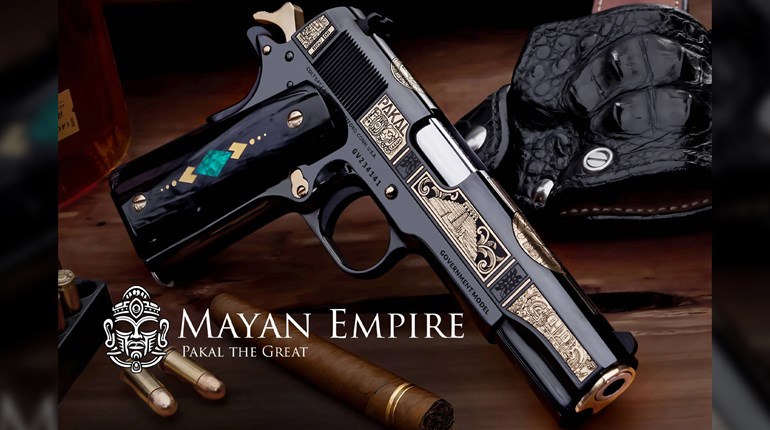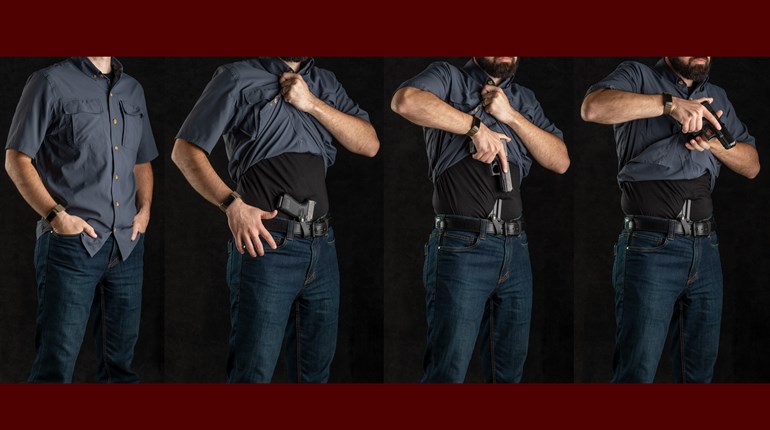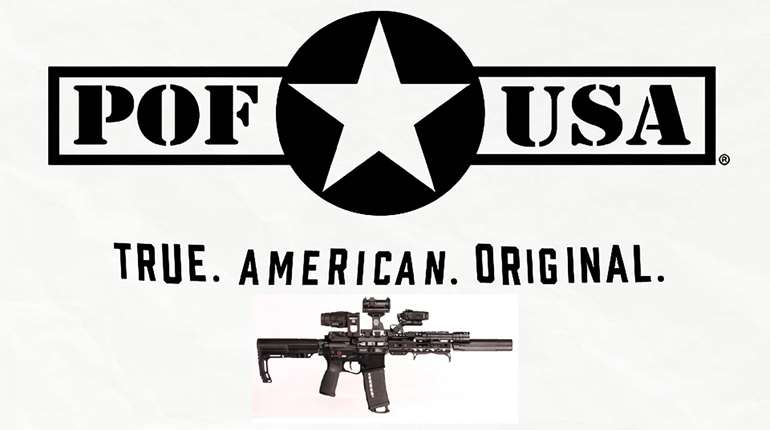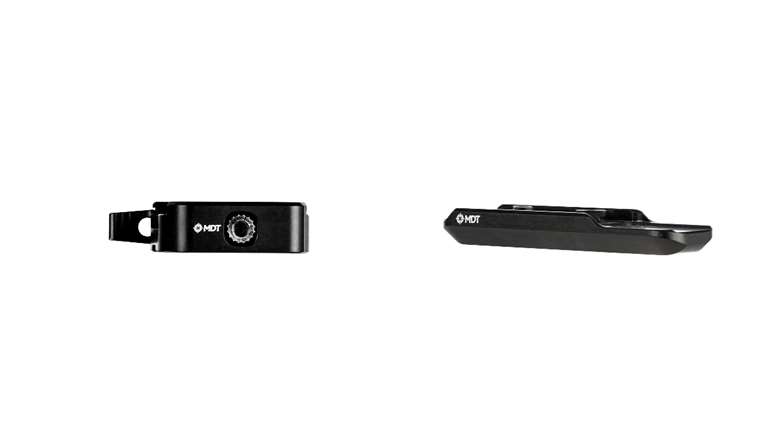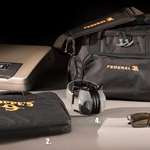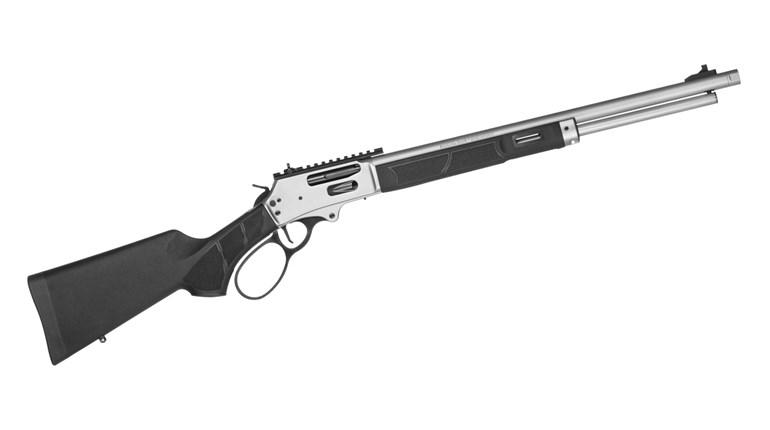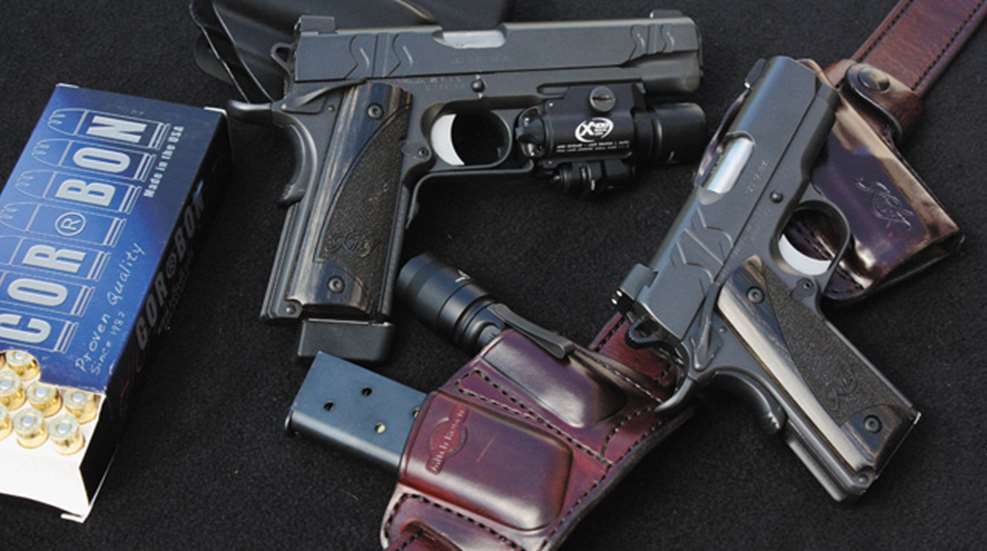
Not long ago, Il Ling New offered tips on selecting your first handgun. One of her suggestions was to give some thought to what you might require for your next gun.
I never stop thinking about my next gun, but not being a good at multitasking, I usually deal with one thing at a time. Yet, even for a simple thinker like me, the advice was excellent. Most of us have multiple guns we use for a variety of purposes, but if you don't give some thought to your needs, it's difficult to determine your highest priority and which gun you should buy first.
March 29, 1911, was the day the United States adopted the 1911 as the official sidearm of the U.S. Army, and Gunsite Academy conducted a 250 Pistol class the week of March 29, 2011. Only 1911 pistols were allowed. As an unabashed fan of "Old Slabsides," I own more than one make and model and decided the weeklong, 1,000-round class would be perfect for evaluating various adaptations equipped for different applications. Along with three Kimbers, I headed for Gunsite to participate in the largest civilian training class it has ever hosted.
My full-size Kimber was the all-steel, discontinued SIS model with a 5-inch barrel, integral rail and night sights. Making no pretense at this being a concealed-carry gun, I slapped a SureFire X400 weaponlight/laser on the rail. A pressure-pad switch running from the back of the light around the trigger guard to the frontstrap allows operation of the X400 simply by grasping the gun with the shooting hand. What comes on (either the light, the laser or both) is determined by the position of a selector switch on the bottom of the X400 housing. With the SureFire and the night sights, the gun filled my definition of a perfect home-defense handgun.
All Gunsite handgun classes involve numerous presentations from the holster, and while getting the bulked-up Kimber in and out of the Blade-Tech molded holster without looking required a bit of practice, draw strokes and quick first shots became manageable.
My smallest Kimber was also a discontinued SIS model, this one with a 3-inch barrel and shortened frame. Like its big brother, it was all steel, had a beavertail grip safety, robust night sights and ambidextrous thumb safeties. Unlike some compact 1911s, the bottom of the backstrap had been rounded and smoothed, eliminating the sharp corner that can wreak havoc on your palm in long shooting sessions. The slightly shorter magazines only surrendered one round of capacity to the longer mags of the full-size gun. Low-light shooting sessions required a hand-held light since there was no rail on the baby Kimber. A touch of class was provided by the Mitch Rosen rig consisting of belt, holster and combination spare magazine/flashlight carrier. This ensemble was nicely suited for concealed carry, particularly in elegant surroundings.
My third Kimber was the Super Carry Pro from the Kimber Custom Shop, a gun I had spent a good deal of time with and thoroughly enjoyed. It's a standard-size alloy frame with a 4-inch barrel, night sights, distinctly rounded backstrap and "scales" instead of slide serrations and checkering. It also had a beavertail grip safety and ambidextrous thumb safeties. For carry, I used one of my favorite working rigs from Rafter-L Combat Leather in Buffalo, WY.
The ensemble is in light-tan leather and consists of a belt thin enough to fit through the loops of almost any trousers, but stiff enough to support the gun, a magazine pouch and a flashlight carrier. Regardless of the skills I had or didn't have, I looked great.
While maintenance and history presentations on the 1911 were a wonderful bonus, this was still a complete, five-day, no-nonsense 250 class, which is to say it was a great opportunity to test both the student and the hardware he or she brought.
I started the class with the full-size, steel Kimber. It was the easiest to shoot, if not the easiest to manipulate. Its mass sucked up the 230-grain FMJ ammo's recoil, allowing me the fastest shot-to-shot recovery times of any of the handguns. Considering how sloppy I am in recovering between rounds, that's significant. As indicated, reholstering in the unusually shaped holster opening was a new experience. Had I stayed with this gun and carry rig for the entire week, I'm sure I would have thoroughly mastered it. That said, I thought the gun tracked from target to target as quickly as the smaller ones, but it's possible the reduced shot-to-shot recovery time simply made everything seem quicker.
Other than as a uniformed duty carry handgun, the big Kimber with all its gear would definitely be bulkier and heavier than you'd want. As rigged, it's set up exactly like my nightstand gun. Still, carrying it is not out of the question—with the light removed, it is simply a slightly heavy, full-size 1911 for which numerous companies make excellent holsters. Add a couple spare magazines, a hand-held light and perhaps even a SureFire X300 weaponlight, and you become anything but prey.
The 3-inch Kimber surprised me in terms of how easy it was to manage. Not all downsized 1911s are easily handled when firing 230-grain hardball. My sentiment was shared by a couple of instructors who fired it after class. Obviously weight was a factor, but I credit the slightly round butt for saving my hand from abrasions during the 150 or so rounds I put through the gun. The small Kimber received the least amount of time and attention—not because it had any shortcomings, but because I had only two spare magazines for it. While the full-size mags functioned fine in the smaller frame, they didn't feel right in my hand. It was a great carry gun, however, and concealed in the Mitch Rosen rig with one extra magazine and my Backup flashlight, it accompanied me off site when class ended.
Aside from the big SIS model, the Kimber Super Carry Pro received most of my attention. While I would not normally take an alloy-frame 1911 chambered in .45 ACP to a five-day training session, the Super Carry's rounded butt was amazingly gentle on my shooting hand. As long as I retained a strong two-handed grip and kept my shooting-hand thumb locked on top of the thumb safety, I was in charge and in control. Except for low-light shooting, it handled as well as the big SIS, but the SIS had the huge advantage of a mounted weaponlight. The light not only provides extra weight, it allows the use of your normal two-handed shooting grip. No matter what technique I used with the hand-held light, I could never get the secure, two-handed grip attainable with a weapon-mounted light.
Nonetheless, with practice, I'm getting better using hand-held lights and would have no qualms defending myself with a smaller alloy-frame handgun. When doing speed drills from the holster, the alloy-frame Kimber did give me an edge, if not in speed certainly in confidence, and that's no small part of a gunfight.
For my next class at Gunsite (and there will be one), I will do two things differently. First, I will start with clean guns and ensure they stay that way. The Cor-Bon 230-grain FMJ load cycled perfectly in all three guns until the alloy model got really dirty. It was clearly pilot error—failure to perform adequate maintenance. The slide didn't go fully into battery without some assistance. Lubricating the gun helped for about two boxes of ammo before more oil was required. The SIS models had no problems. Second, I will have bumper pads on all spare magazines. Slapping the metal base of magazines can bruise your hand over five days, not to mention the occasional blood blister from a violent pinch. I had no bad pinches, but I stopped using unpadded magazines early in the class.
So, what about choosing multiple guns? For defending one's home, a full-size, heavier gun will be entirely suitable, plus it's easier to train with and shoot. However, if you intend to carry concealed, start planning for that mission with the acquisition of your first pistol to ensure your training is applicable to the second gun. It's your life that's at stake.














